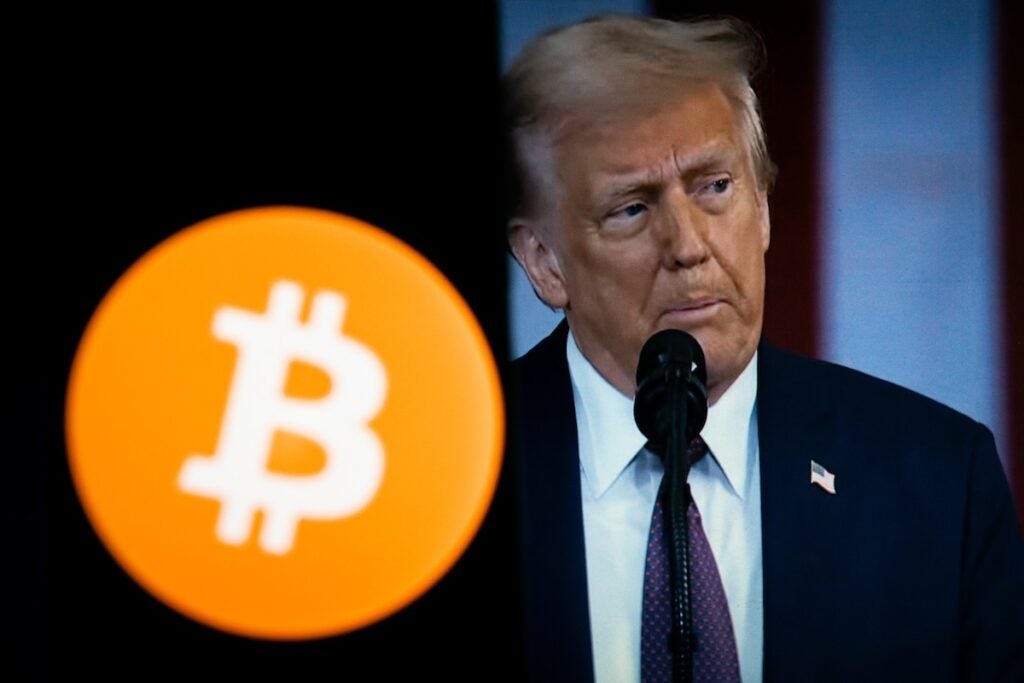Market Pulse
North Dakota is set to make a significant stride in the burgeoning digital asset landscape, officially unveiling plans to issue its own stablecoin, dubbed the ‘Roughrider’ token. This pivotal move positions the Peace Garden State as only the second U.S. state to launch its own digital currency, following Wyoming’s pioneering efforts. The initiative, announced on {current_date}, marks a growing trend among sub-national entities exploring blockchain technology to modernize financial infrastructure, offering a new dimension to the integration of cryptocurrencies into mainstream economic activities and policy.
The ‘Roughrider’ Token: A State-Backed Digital Asset
The ‘Roughrider’ token is designed to be a state-issued stablecoin, aiming to provide a secure and efficient digital medium of exchange for various transactions within North Dakota and potentially beyond. Details emerging from the announcement indicate a commitment to a transparent and fully-backed model, typically pegged 1:1 with the U.S. dollar, held in reserves. This approach is intended to instill confidence and stability, differentiating it from more volatile cryptocurrencies.
- 1:1 USD Peg: Each Roughrider token is expected to be fully backed by an equivalent amount of U.S. dollars held in regulated financial institutions, ensuring price stability.
- Enhanced Transaction Efficiency: The stablecoin could streamline payments for state services, taxes, and inter-business transactions, reducing costs and processing times.
- Regulatory Oversight: Being state-issued, the Roughrider token will operate under North Dakota’s specific regulatory framework, offering a high degree of consumer protection and compliance.
- Economic Development Tool: The initiative is also seen as a strategic step to attract blockchain innovation and investment to the state, fostering local economic growth.
Paving the Way for State-Level Digital Currencies
North Dakota’s decision to issue its own stablecoin is not just a technological upgrade; it’s a significant policy statement. By following in the footsteps of Wyoming, which launched its state-backed digital currency, the ‘Roughrider’ token initiative highlights a burgeoning interest among U.S. states to leverage blockchain for economic benefit and financial sovereignty. This departs from the ongoing federal debate about a central bank digital currency (CBDC), demonstrating a bottom-up approach to digital asset integration.
The implications of such state-level stablecoins are manifold. They can provide a direct, auditable, and digitally native method for managing state finances, disbursing aid, or even facilitating local commerce. Furthermore, by creating their own regulatory environments, states like North Dakota are actively shaping the future of digital asset policy, potentially setting precedents for other states looking to explore similar ventures. This localized innovation could foster a diverse ecosystem of digital currencies within the U.S., each tailored to specific state needs and economic objectives.
Broader Implications for the Crypto Landscape
The emergence of state-issued stablecoins like North Dakota’s ‘Roughrider’ could have profound effects on the broader cryptocurrency ecosystem. While private stablecoins like USDC and USDT dominate the market, state-backed alternatives introduce a new layer of perceived security and legitimacy due to their governmental endorsement. This could accelerate mainstream adoption of digital currencies, particularly among businesses and individuals who may be wary of private, less-regulated options.
Moreover, this trend might pressure federal authorities to articulate a clearer national strategy for digital assets, bridging the gap between state-led innovation and a cohesive federal framework. It also presents new opportunities for interoperability between different stablecoin systems, both public and private, fostering a more interconnected and efficient digital economy.
Conclusion
North Dakota’s move to introduce the ‘Roughrider’ stablecoin is a landmark event, signaling a growing acceptance and proactive embrace of digital currencies at the state level. As the second U.S. state to venture into this arena, North Dakota is not just adopting new technology but actively shaping the future of finance and governance within the digital age. This initiative promises to enhance financial efficiency, attract innovation, and set a powerful precedent for how states can participate in the evolving global digital economy, warranting close observation from both crypto enthusiasts and traditional financial institutions alike.
Pros (Bullish Points)
- Increases institutional and public confidence in stablecoins through governmental backing and regulation.
- Creates a clearer regulatory sandbox for digital assets at the state level, potentially driving innovation.
Cons (Bearish Points)
- May create a fragmented regulatory landscape across states, complicating national interoperability.
- Could face challenges with widespread adoption if the utility is limited to state-specific transactions initially.
Frequently Asked Questions
What is the 'Roughrider' token?
The 'Roughrider' token is North Dakota's state-issued stablecoin, designed to be pegged 1:1 with the U.S. dollar, backed by reserves, and intended for secure digital transactions.
Why is North Dakota issuing its own stablecoin?
North Dakota aims to modernize its financial infrastructure, enhance transaction efficiency for state services, attract blockchain investment, and position itself as a leader in digital asset innovation.
How does this differ from a U.S. CBDC?
Unlike a potential federal CBDC, the 'Roughrider' is a state-level initiative, demonstrating a localized approach to digital currency adoption and policy, distinct from national central bank efforts.



